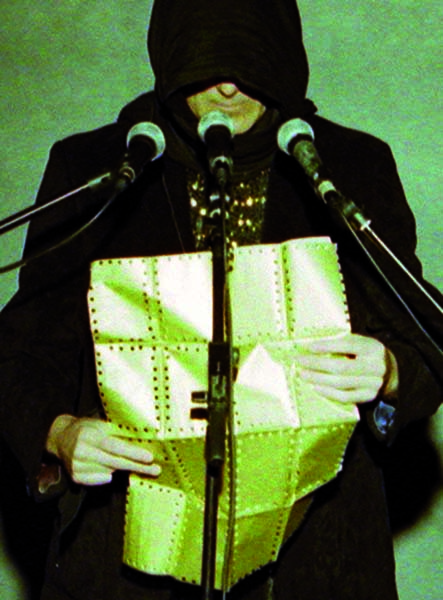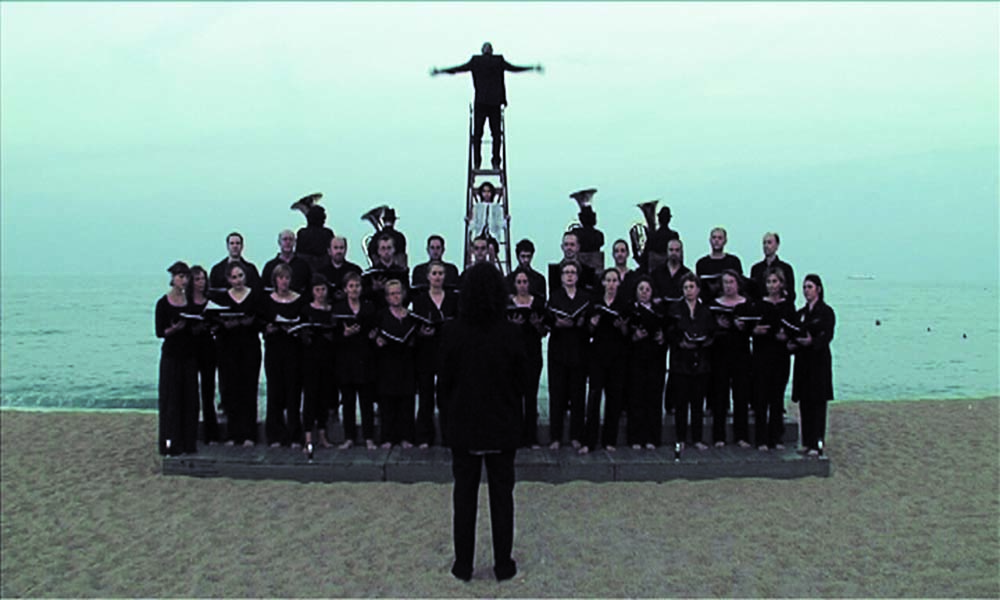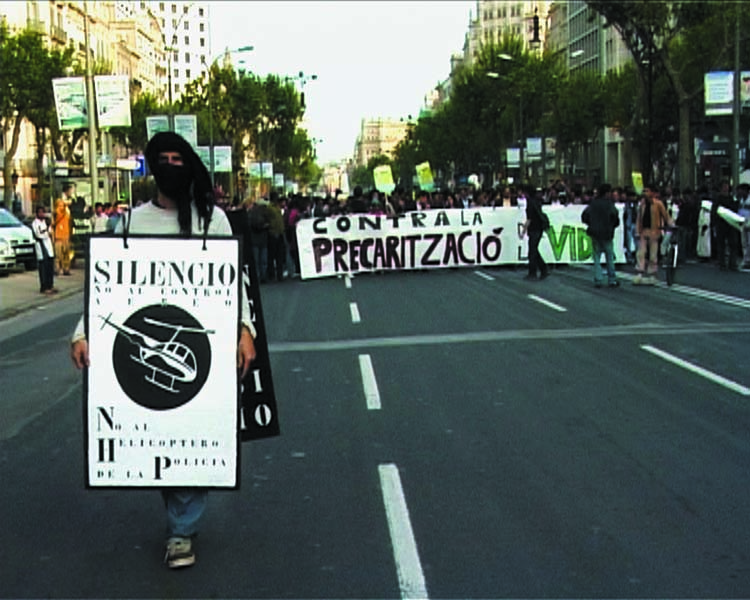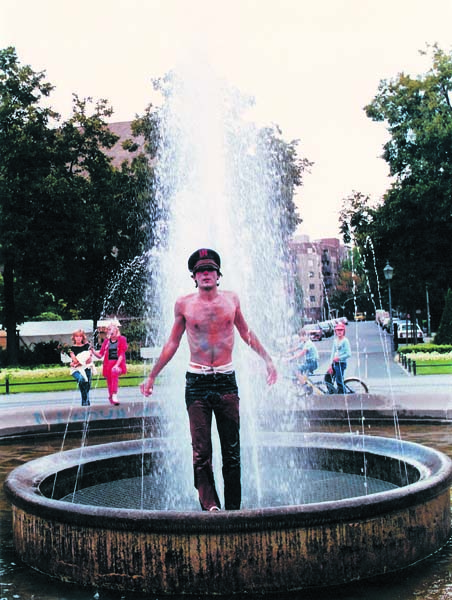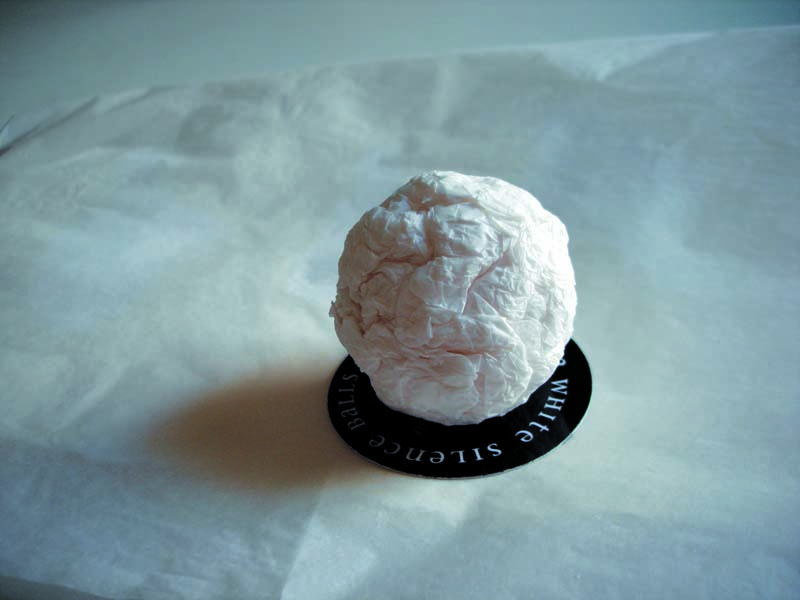Blackout
Tres
01.04.2017 – 18.06.2017
Curator: Valentín Roma
Opening: Friday 31 March, 7 pm
Free guided tours: Tuesday at 6 pm (starting on 11 April)
Heir to the great heterodox tradition that emerged in the early 20th century with Dada, Hugo Ball, Emmy Hennings and Sophie Taeuber, among others and which spread until well into the 1980s thanks to Joseph Beuys, John Cage and James Lee Byars, Tres (Barcelona, 1956 – Premià de Dalt, 2016) is a rare example in Spain of an artist producing work that draws on sources as varied as Actionism, sound art, photography, video and painting, with silence not only as the core but also underpinning most of his oeuvre. This exhibition is the first retrospective look at his career.
Tres (Barcelona, 1956 – Premià de Dalt, 2016) had a career that defies any attempt to pigeonhole it. At the same time, however, it cannot be described as heterodox. From sound art to performance, from the ready-made to photography and collage, his projects are imbued with the experimental approaches to be found on the Spanish aesthetic scene from the 1980s to the present day. Nevertheless, his oeuvre gives the impression that it was produced at the tail end of the prevailing trends, and that it turned a blind eye to lesser challenges. With one foot in agitprop and the other in tautology, in other words, flying the revolutionary flag, though bent upon reinterpreting through every work the underpinnings of art as a political and sociocultural practice, Tres’s pieces can today be seen as exercises for an episteme of divergence, while the silence would be a strategy of absolute emptying, not just rhetorical or productive but also physical and spatial.
Tres’s projects problematise those past and public uses that have shaped the value of words. Above all, however, they open up new realms of expression for knowledge, grammatical lines where we are called to reimagine collective subjectivity. Consequently, Tres falls within an artistic genealogy that is as inopportune as it is sophisticated and which includes James Lee Byars and Susan Sontag, John Cage and Joseph Beuys and William S. Burroughs. On the other hand, his literary ‘forebears’—Mallarmé, Artaud, Beckett and Salinger—speak of an author who extends this underground line that stems from Dada and continues along the conceptual path, eventually striking vocabularies, nomenclatures and artistic consciousnesses. Tightly bound to a timeless radicalism, Tres’s work barely masks another kind of commitment: a pact with beauty that entails a beating of wings and a rattling of sabres, a certain reinvention of the potentialities of poetry that becomes first silence and then a gunshot.




